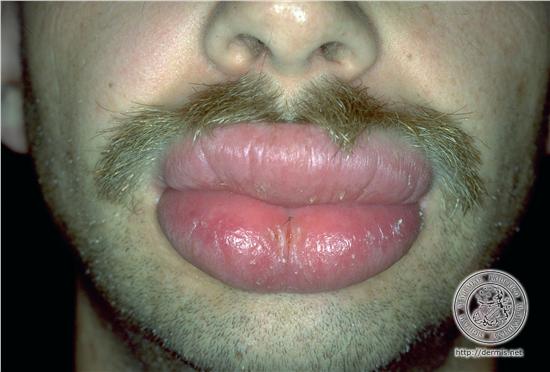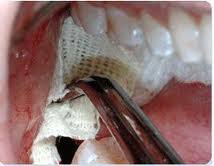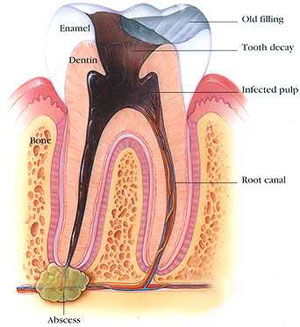When infection damages the nerves inside the teeth, the symptoms are easy to notice and often painful. But that’s a good thing, because untreated nerve damage can lead to severe pain and even tooth loss. Dental surgeons can fix the problem before it becomes serious, so knowing when you have nerve damage can help you avoid its complications.
What is a tooth nerve?
The oral cavity is made up of an average of 32 to 36 teeth. Each tooth has its own function: grinding, masticating, cutting, shearing, and so on. The tooth nerve is called and referred to as the dental pulp. It is a complex organ composed of connective tissues, blood vessels, and nerve axons. It is pinkish in color and soft in nature. Its original function is in the development of and formation of the teeth themselves. These nerves are relatively large at a young age, but they slowly shrink and become narrow over the years of adult life. They serve the purpose to keep the teeth hydrated and allow the dentin to retain a certain amount of elasticity. It lies within the tooth and extends from the crown to the tip of the root in the jaw bone.






